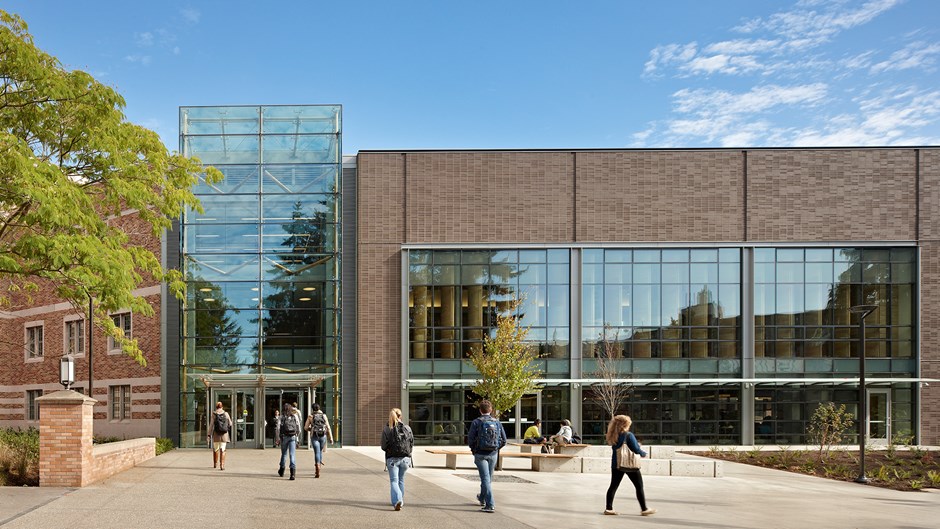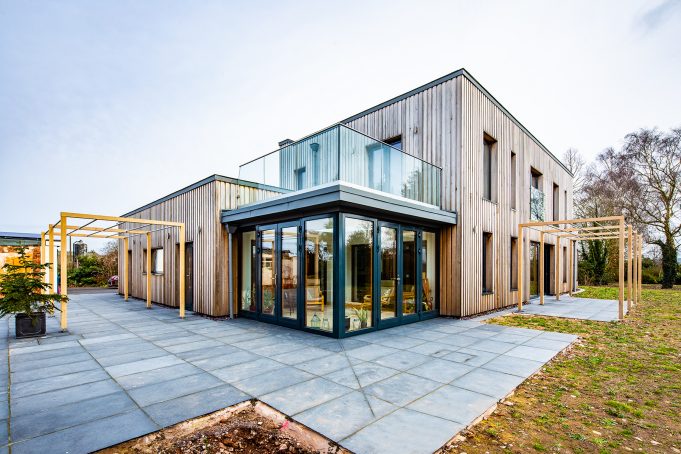The conversation surrounding green construction design tips is becoming increasingly prominent due to growing environmental awareness and the urgent need for sustainable development. If you’re seeking ways to incorporate green building techniques into your projects, whether as a homeowner or a real estate developer, you’re in the right place. Discover how you can effectively employ these methods to minimize environmental impact and promote sustainability.

Understanding Green Construction
Green construction goes beyond mere aesthetics; it encompasses eco-friendly practices that maintain or improve environmental quality while increasing building efficiency. This encompasses resource-efficient and environmentally considerate techniques throughout a building’s life cyclefrom planning and design to construction, operation, and demolition.
Benefits of Green Construction
Beyond environmental advantages, green construction often leads to reduced energy costs, enhanced indoor air quality, and improved occupant health. Implementing eco-friendly design can also boost property values and marketability, offering financial incentives to builders and homeowners alike.
The Role of Material Selection
Choosing sustainable materials is crucial. Opt for locally sourced, recycled, or rapidly renewable resources to reduce carbon footprints. The strategic use of such materials helps in achieving long-term sustainability goals.
Efficient Energy Use
Energy efficiency is a core component of green construction. By incorporating energy-efficient appliances, renewable energy sources, and proper insulation techniques, substantial reductions in utility bills and emissions are achievable.
Lighting and Energy Efficiency
Utilizing energy-efficient lighting systems, such as LED and CFL bulbs, can significantly cut down energy consumption. These newer technologies not only last longer but also provide excellent illumination quality.
Water Efficiency
Incorporating water-saving fixtures can drastically decrease consumption levels. Toilets, faucets, and showerheads designed for low water use also contribute to a building’s sustainability.
Rainwater Harvesting
Implementing rainwater harvesting systems can reduce water utility dependence, offering a sustainable water solution suited for irrigation and non-potable needs.
Importance of Site Orientation
Site orientation is an essential consideration in green construction design. Properly orienting a building can maximize natural light usage and heat regulation, optimizing energy efficiency.
Landscaping for Green Buildings
Strategic landscaping not only beautifies a property but also supports sustainable water management and provides natural shading, contributing to energy savings.
Indoor Environmental Quality
Prioritizing air quality and ventilation within a building enhances occupant enjoyment and health. Use low-emission materials and install effective ventilation systems.
Long-Term Maintenance
Effective maintenance strategies extend a building’s lifespan, reducing the need for drastic repairs or replacements that may negatively impact the environment.
Economic Impacts and Incentives
Many regions now offer incentives for builders and owners who employ green construction methods. Knowing these can assist in reducing upfront costs, balancing long-term investments with immediate expenses.
Resource for Incentives
Visit the EPAs Green Building resource for comprehensive information on federal and state incentives.
Future Trends in Green Construction
The future is bright for sustainable building, with continual advancements in materials and methods. Virtual construction technologies and smarter materials are expected to lead the industry towards even less impactful practices.
Nanotechnology in Construction
Emerging nanotechnologies offer promising enhancements to building materials, increasing durability while minimizing environmental footprint.
Social and Community Considerations
Integrating community-friendly designs fosters social cohesion and supports communal sustainability effortsa vital component of holistic green construction.
Community-Focused Projects
For holistic insights, explore projects that prioritize community integration and environmental accountability. Learn about strategies that drive community-focused sustainable development.
Certifications and Standards
Green certifications like LEED ensure that construction projects adhere to specific sustainability standards, offering a recognizable benchmark of eco-consciousness.
Conclusion
As communities aim for more sustainable futures, embracing green construction design tips becomes increasingly vital. This practice not only addresses environmental concerns but also offers economical, social, and health benefits. For compliance and innovative solutions tailored to your needs, explore green guides.

FAQs
What is the main goal of green construction?
The primary aim is to minimize the environmental impact and promote sustainability throughout a building’s life cycle.
What are the costs associated with green construction?
While initial costs may be higher, the long-term savings on energy and resources make it economically viable. Many incentives and rebates are also available.
How do green buildings contribute to health and well-being?
Enhanced indoor air quality and the use of non-toxic, low-emission materials improve occupant health and quality of life.
This article contains affiliate links. We may earn a commission at no extra cost to you.



